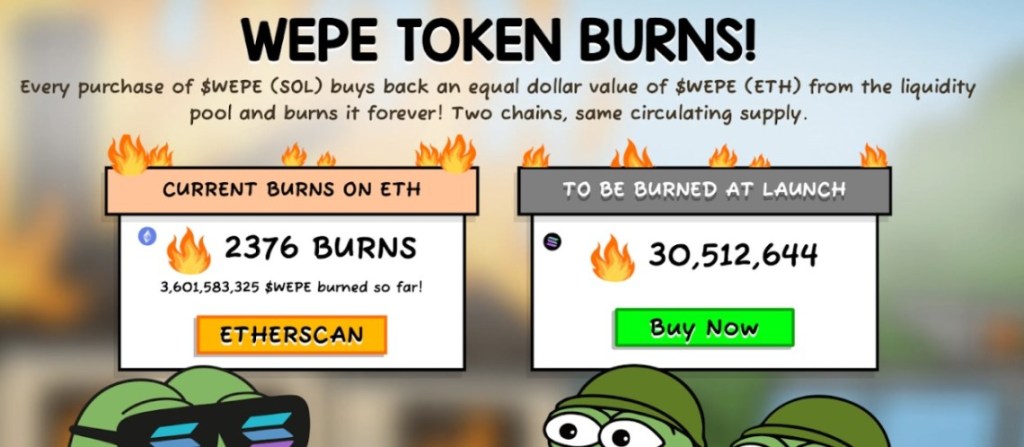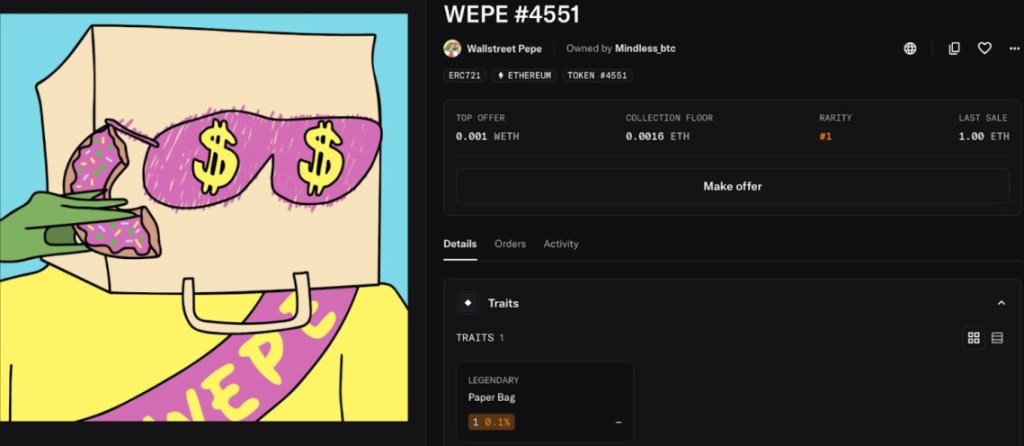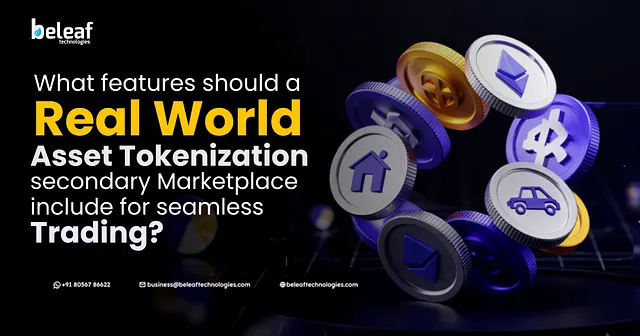Wall Street Pepe Tiếp Tục Đốt Token Quy Mô Lớn – 3,6 Tỷ WEPE Đã Bị Hủy Và Quá Trình Vẫn Diễn Ra
Thứ Hai, ngày 15 tháng 9 năm 2025 – Wall Street Pepe (WEPE) đã tiến hành đốt tổng cộng 3,6 tỷ token, trong bối cảnh quá trình chuyển dịch sang Solana (SOL) diễn ra với tốc độ nhanh chóng từng ngày.
Chỉ trong tuần vừa qua, hơn 600 triệu token đã bị loại bỏ, cho thấy “frog army” đang tích cực tham gia để giữ quyền phân bổ, đồng thời làm giảm đáng kể nguồn cung còn lại trên Ethereum (ETH).
Song song với đó, bộ sưu tập NFT của dự án cũng ghi nhận mức tăng trưởng ấn tượng, khi khối lượng giao dịch thứ cấp đã vượt mốc 33.000 USD trên OpenSea.
Đà tăng trưởng mạnh mẽ cả ở token lẫn NFT phản ánh sức mạnh cộng đồng ngày càng lớn. Với những nhà đầu tư muốn sở hữu SOL WEPE trước khi sự kiện Token Generation Event (TGE) diễn ra, token hiện vẫn có sẵn với mức giá 0,001 USD thông qua website chính thức vừa được nâng cấp của dự án.
Cơ Chế Đốt Token Giúp Duy Trì Cân Bằng Hai Chuỗi Và Thúc Đẩy Dòng Chảy Sang SolanaTrên Ethereum, tổng nguồn cung WEPE đã giảm 1,8% nhờ hoạt động mua vào phiên bản Solana của token. Mỗi giao dịch mua sẽ kích hoạt cơ chế đốt trên Ethereum, giúp duy trì mức cung cố định 200 tỷ token trên cả hai chuỗi.

Cơ chế này đảm bảo nhà đầu tư nắm giữ WEPE trên Ethereum không bị pha loãng bởi hoạt động trên Solana, đồng thời giữ vững giới hạn nguồn cung trong giai đoạn hai chuỗi song song tồn tại. Việc mua vào không chỉ hỗ trợ quá trình di chuyển mà còn giúp định vị WEPE trên Solana – blockchain vốn được coi là tối ưu cho meme coin nhờ chi phí thấp và tốc độ xử lý vượt trội.
Những lợi thế này còn mang lại giá trị cho holder, điển hình là quyền truy cập Alpha Chat – nhóm giao dịch riêng tư từng cung cấp tín hiệu với mức lợi nhuận báo cáo lên đến 1.000%. Cơ chế đốt token sẽ vẫn được duy trì ngay cả sau sự kiện Token Generation Event (TGE) và tiếp tục định hướng quá trình chuyển đổi cho đến khi WEPE hoàn tất việc di dời hoàn toàn sang Solana.
Bộ Sưu Tập NFT Do Cộng Đồng Xây Dựng Vượt Mốc 33.000 USD Doanh SốTrong mảng NFT, bộ sưu tập gồm 5.000 NFT của Wall Street Pepe đã ghi nhận doanh số giao dịch thứ cấp đạt 7,4 ETH, tương đương khoảng 33.000 USD theo mức giá ETH hiện tại là 4.525 USD.

Thị trường giao dịch vẫn diễn ra sôi động với giá sàn tăng nhẹ 0,3% trong 24 giờ qua, trong khi khối lượng giao dịch hôm thứ Hai đạt 0,07 ETH. Đáng chú ý, NFT WEPE #4551 đã được bán với giá 1 ETH chỉ cách đây hai tuần.
Bộ sưu tập NFT do cộng đồng tạo ra nhằm đại diện cho thương hiệu Wall Street Pepe không chỉ thu hút sự chú ý vượt ra ngoài token mà còn bổ sung thêm một lớp nhu cầu mới. Mỗi NFT đóng vai trò như một thẻ thành viên, mở khóa các quyền lợi đặc biệt cho holder, bao gồm quyền truy cập Alpha Chat cùng nhiều đặc quyền khác trong lộ trình phát triển.
Đà tăng trưởng từ mảng NFT thậm chí còn tác động ngược trở lại thị trường token. Giá WEPE đã bật lên 0,000069 USD vào ngày 13 tháng 9, nhiều khả năng nhờ thông báo trên X rằng doanh số giao dịch thứ cấp đã vượt 30.000 USD. Hiện tại, WEPE đang được giao dịch quanh mức 0,000055 USD sau khi đạt đỉnh 0,000072 USD hôm thứ Hai.
Tham Gia Làn Sóng Chuyển Dịch WEPE Sang SolanaDù chỉ mới ra mắt trong năm nay, Wall Street Pepe đã nhanh chóng tạo được sức hút mạnh mẽ. Từ việc huy động hơn 70 triệu USD vốn đầu tư ban đầu, mang lại những kèo Alpha ấn tượng, ra mắt bộ sưu tập NFT do cộng đồng phát triển cho đến việc thúc đẩy tiến trình chuyển dịch sang Solana – tất cả đều cho thấy dự án luôn đặt cộng đồng lên hàng đầu.
Wall Street Pepe đang hiện thực hóa tầm nhìn trở thành một meme coin vì cộng đồng, được thiết kế để đoàn kết các nhà đầu tư nhỏ lẻ trong cuộc chiến chống lại những “cá voi tham lam”.
Để tham gia cơ chế đốt trên Ethereum và giữ suất phân bổ Solana trước khi TGE, bạn có thể truy cập website chính thức của Wall Street Pepe. Hiện token vẫn đang mở bán ở mức 0,001 USD trong giai đoạn early access.
Để quá trình mua và claim diễn ra dễ dàng, WEPE Army khuyến nghị sử dụng Best Wallet – một trong những ví tiền điện tử và Bitcoin tốt nhất, hiện có sẵn trên Google Play và Apple App Store.
Tham gia cộng đồng ngay trên X, Telegram và Discord để cập nhật tin tức mới nhất.
Truy cập Wall Street Pepe để không bỏ lỡ cơ hội.
You May Also Like

CME to launch Solana and XRP futures options on October 13, 2025

Bitcoin Hyper Presale Breaks $18M While Bitcoin Core v30 Upgrade Divides the Community
